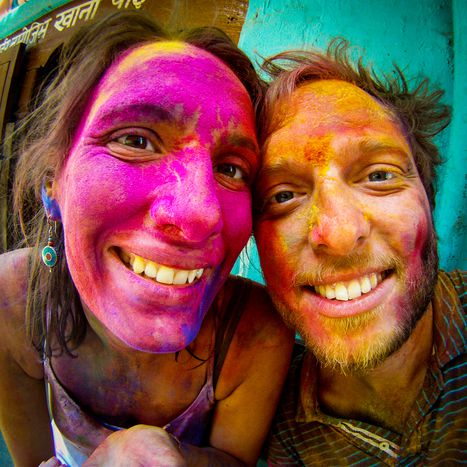
Spring has reached Nepal: colourful faces of Holi festival (10 images)
Published on
Translation by:
Cafebabel ENG (NS)The Hindu population of Nepal is celebrating the 'holi' festival with the coming of spring (whilst we're still waiting for a bit of sun in Europe). The day after the full moon brings joy to the hearts of everyone here, including us tourists as much as the locals. Miha Mohoric and Nina Behek, two Slovenian documentary-makers formerly of cafebabel Barcelona, take us with them on their trip alongside their GoPro camera

The holi festival began various centuries before christ and is mentioned in ancient hindu sacred books, such as the Purva Mimamsa Sutras or Kathaka Grhya Sutra. Its main significance is to celebrate the arrival of spring. Originally, it was a festival commemorating fertile land and good harvests (Image: © Nina Behek/ Miha Mohoric/ hiddenwords.net)
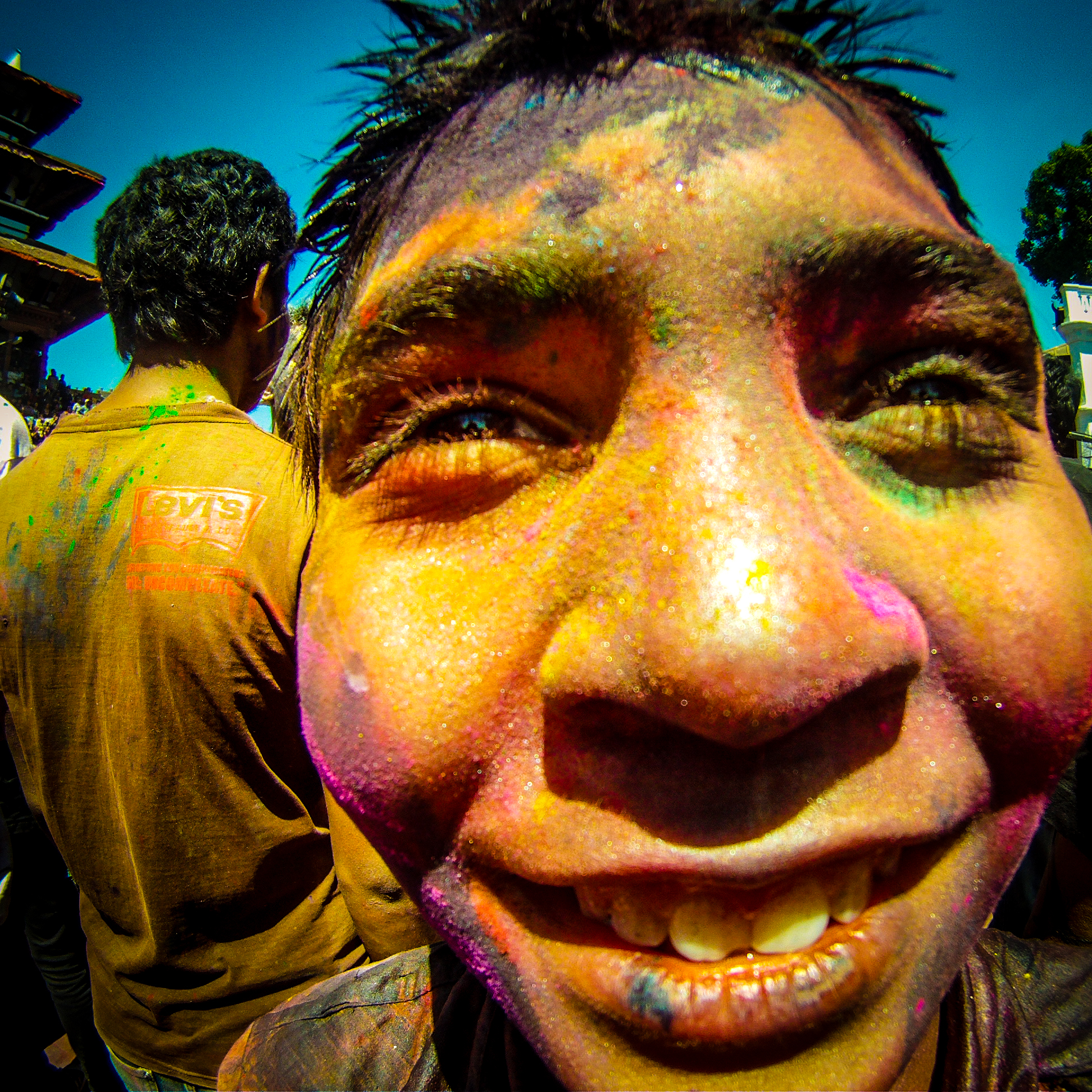
March and April are the month of 'Phalgun' and thus the celebration of 'holi' the day after the full moon in the hindu calendar. It is the month when the seeds germinate, the flowers blossom and the country awakens from its hibernation of the winter past. The date of the festival changes from year to year (held in 2013 on 26 March), but it's not hard at all to figure out when it is taking place (Image: © Nina Behek/ Miha Mohoric/ hiddenwords.net)

Coloured faces and water balloons will have greeted you if you are currently living in or travelling through a country with a hindu population: this is the epitome of holi celebrations, which takes place at the end of March (Image: © Nina Behek/ Miha Mohoric/ hiddenwords.net)
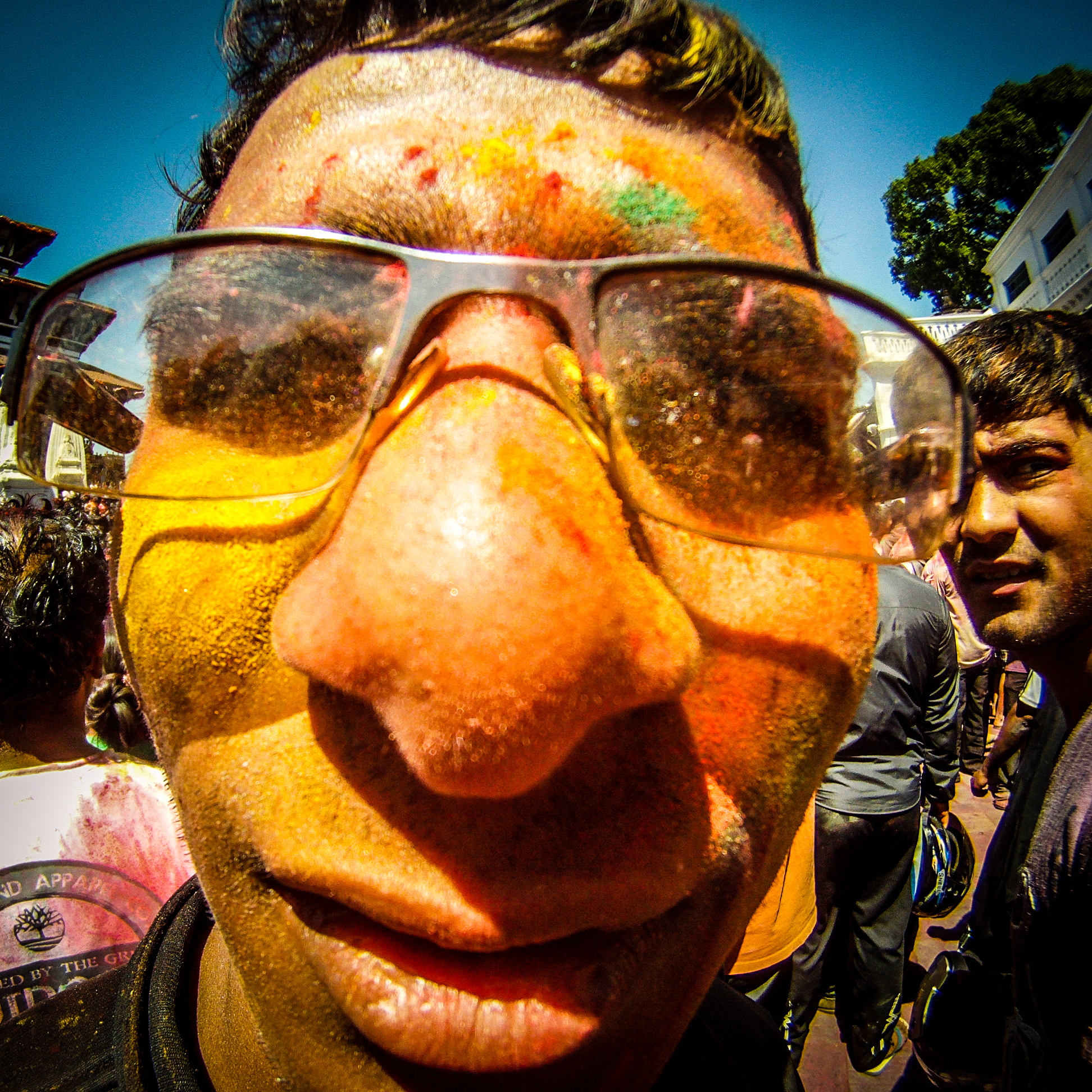
Holi is a festival marking the victory of good over bad, caused by the fire and destruction of the demon called Holika. Some people create bonfires to be rid of the bad spirits (Image: © Nina Behek/ Miha Mohoric/ hiddenwords.net)
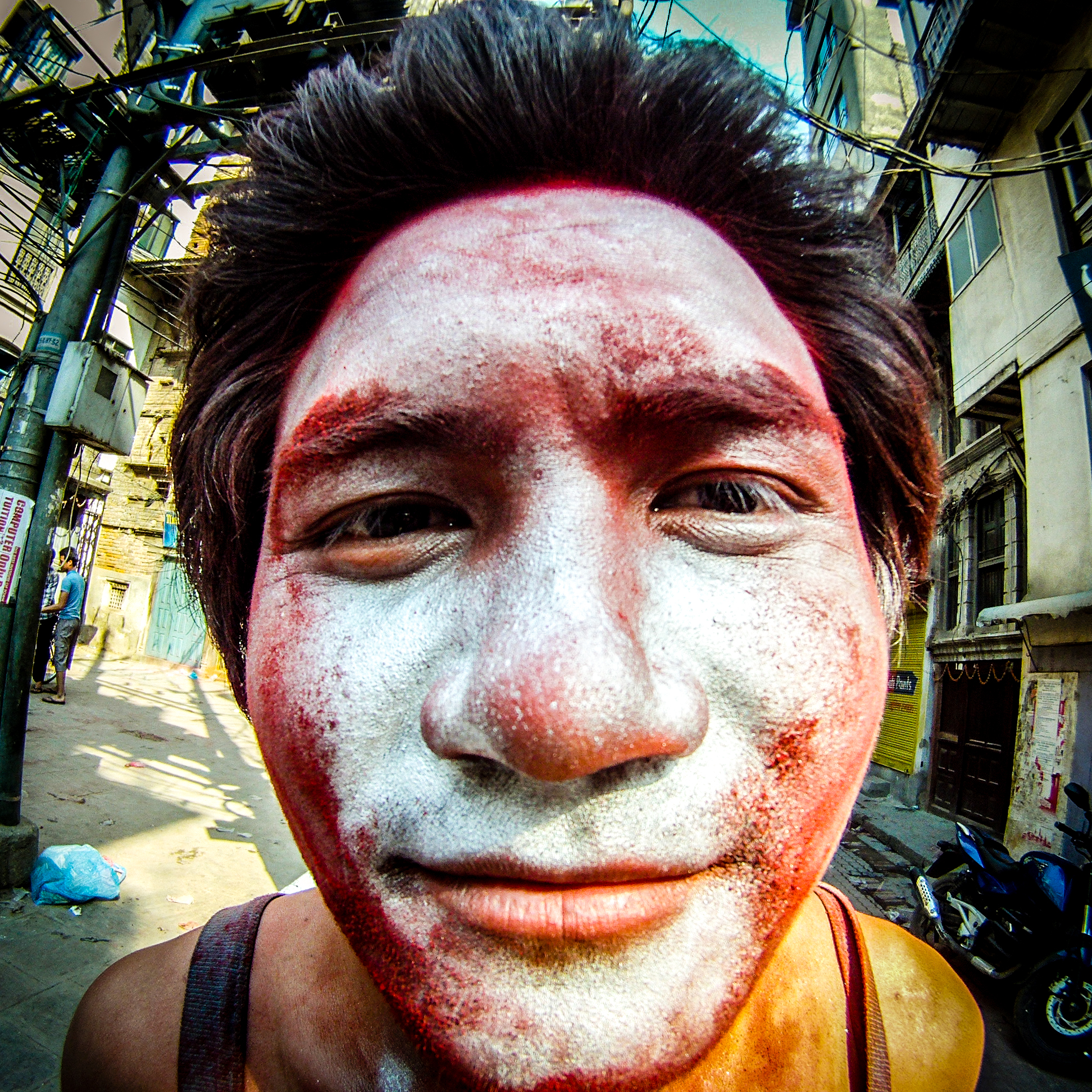
Holi is mainly celebrated in India and Nepal and other countries with a hindu population, such as Pakistan, Singapore, Malaysia and smaller local communities in the US and the UK. In Nepal proceedings are thrown with great pomp and spectacle, and the celebrations last for a few days in which the country is effectively colour bombed (Image: © Nina Behek/ Miha Mohoric/ hiddenwords.net)
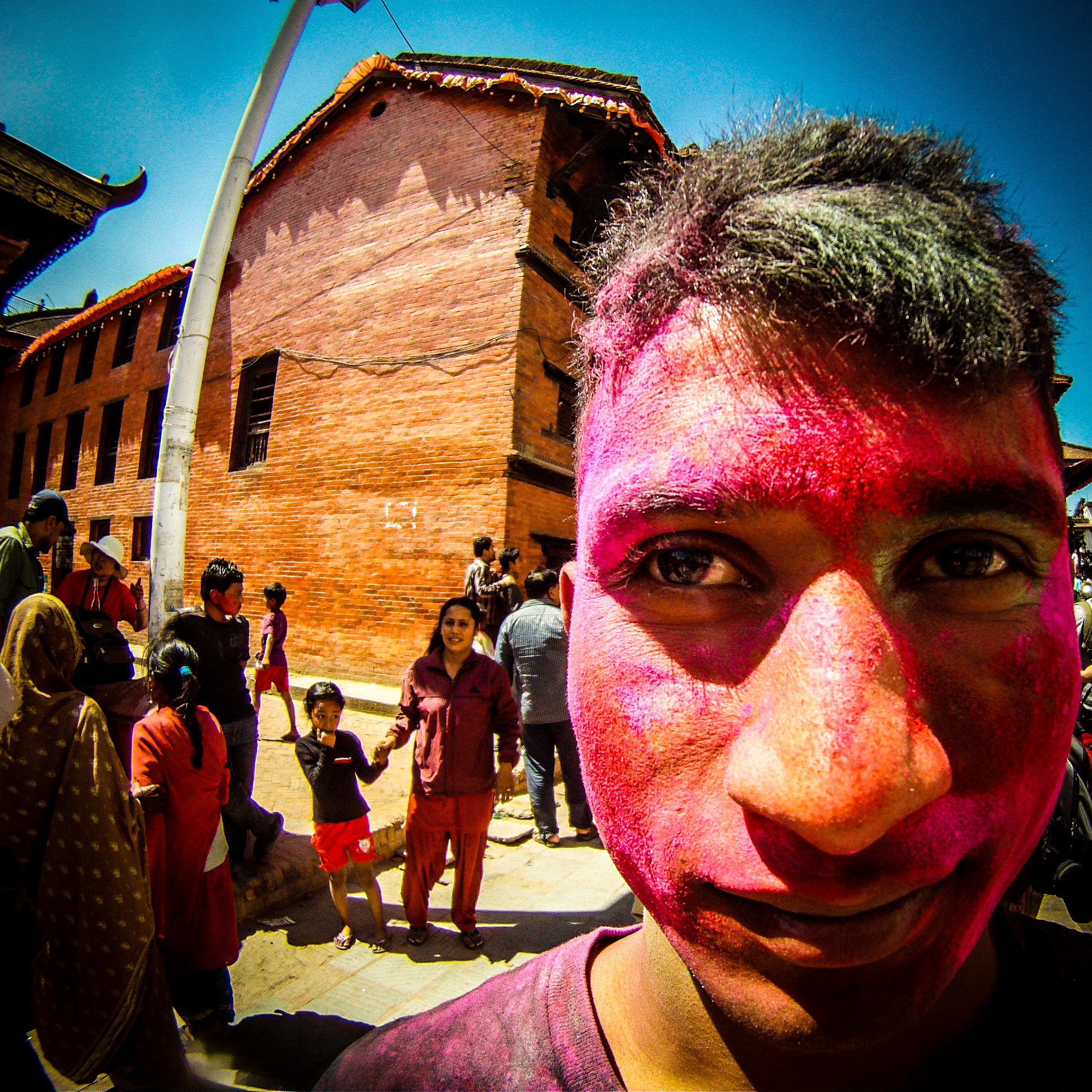
The name 'holi' comes from 'the festival of colours' designated by the god Krishna, who had a cheeky side and enjoyed playing jokes on girls with water and colours. On the last day of the festival the tradition is to throw coloured powder in the air and at other people. The 'abeer' or the colour of brilliant red is lubricated, and thrown on the faces of passers-by or tourists in particular. There is often a huge party in Durbar Square where the drink bhaang is drunk - a liquid made out of cannabis... (Image: © Nina Behek/ Miha Mohoric/ hiddenwords.net)
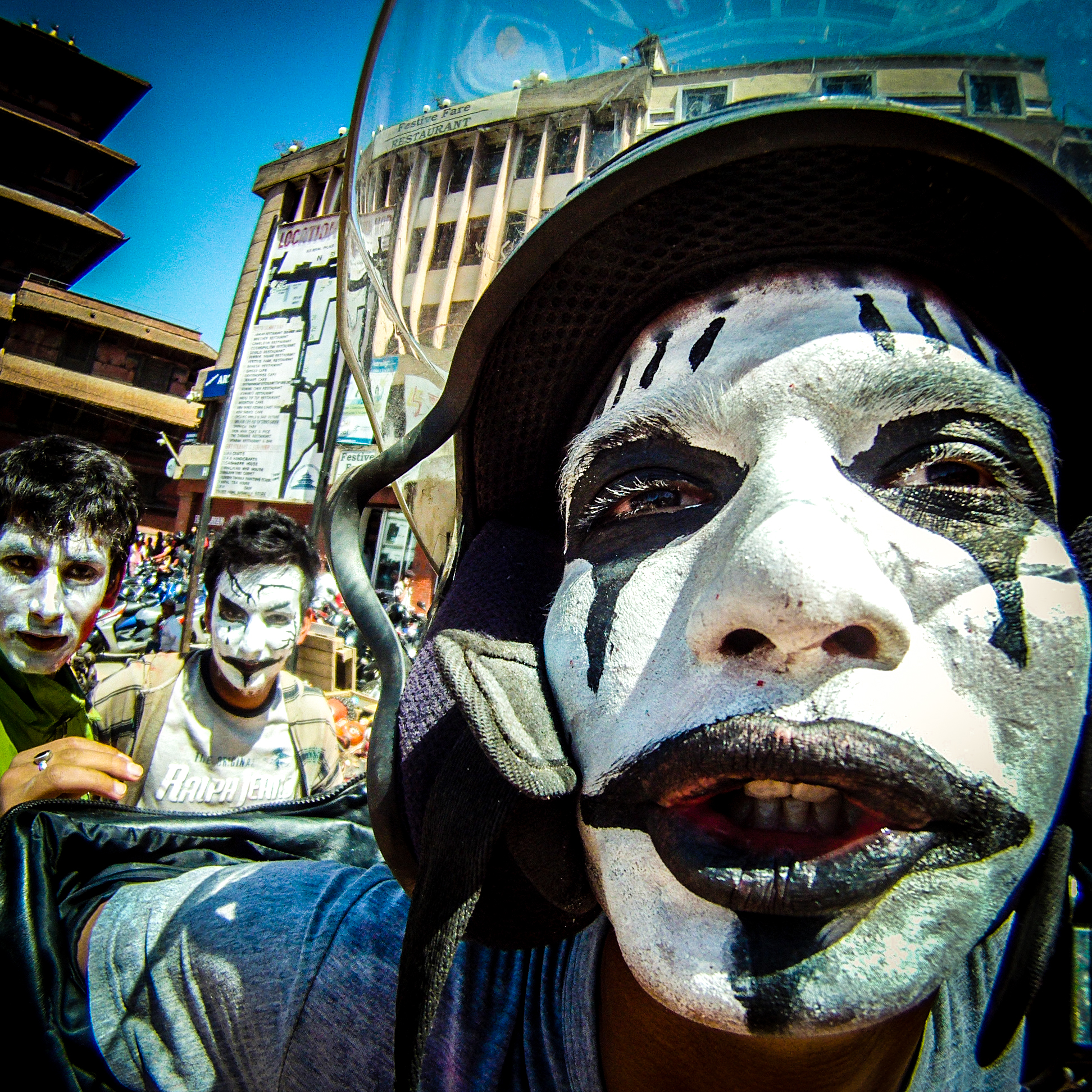
The coloured powders are traditionally made out of medicinal plants such as neem or turmeric. Today the majority of the powders are made synthetically, in sharp contrast to the traditions of old. A 2001 study revealed that many of these powders were toxic (Image: © Nina Behek/ Miha Mohoric/ hiddenwords.net)
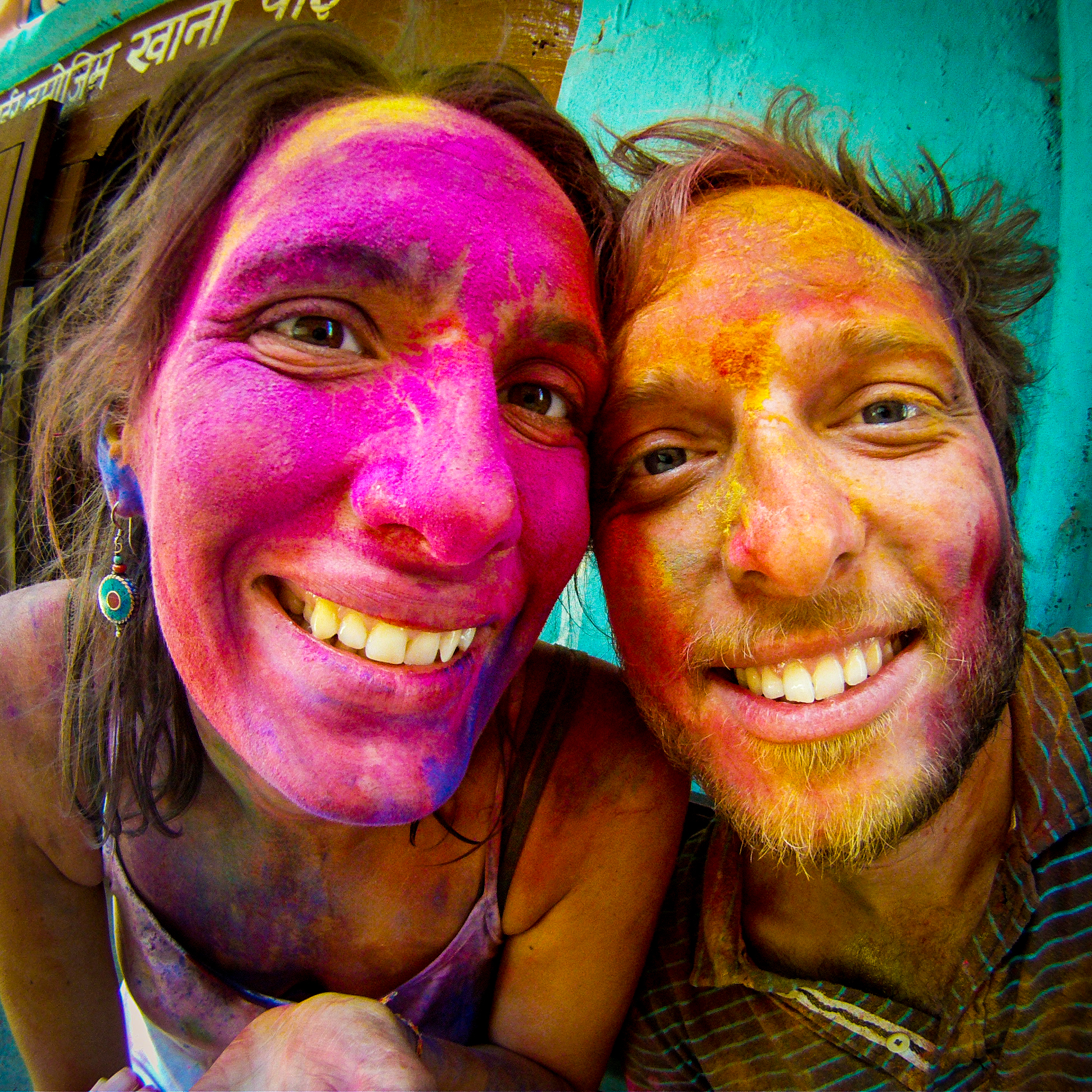
'Lolas' are the name for the balloons which are filled with coloured water and transformed into hand grenades, ready to be launched at you from angles (Image: © Nina Behek/ Miha Mohoric/ hiddenwords.net)
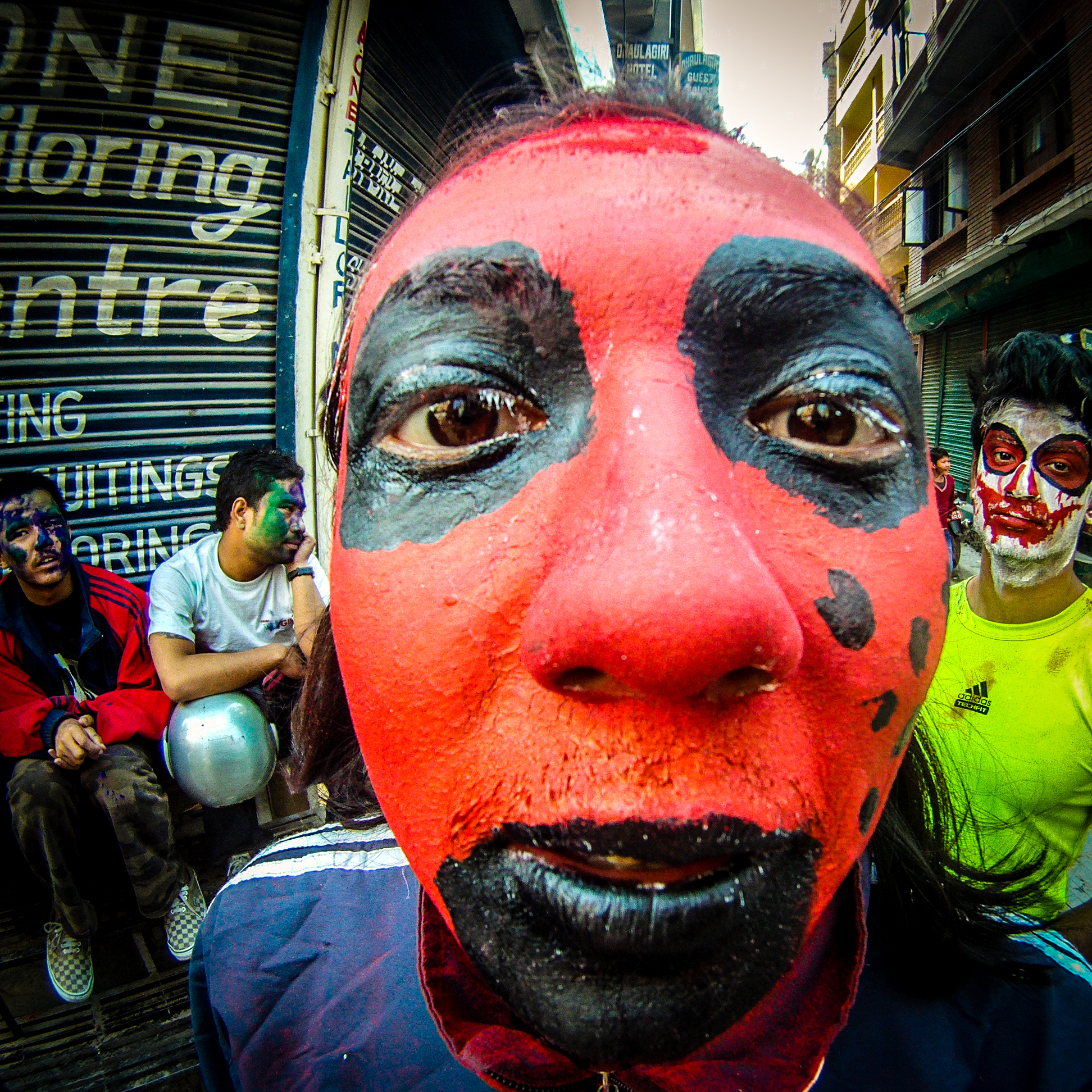
Of course not everyone is a fan of the annual festival, and whilst the celebrations usually go off without a hitch there can be a problem when the balloons are filled with dirty water. Drinking water is a problem in Nepal, so using a source which is touched with scarcity is another issue (Image: © Nina Behek/ Miha Mohoric/ hiddenwords.net)
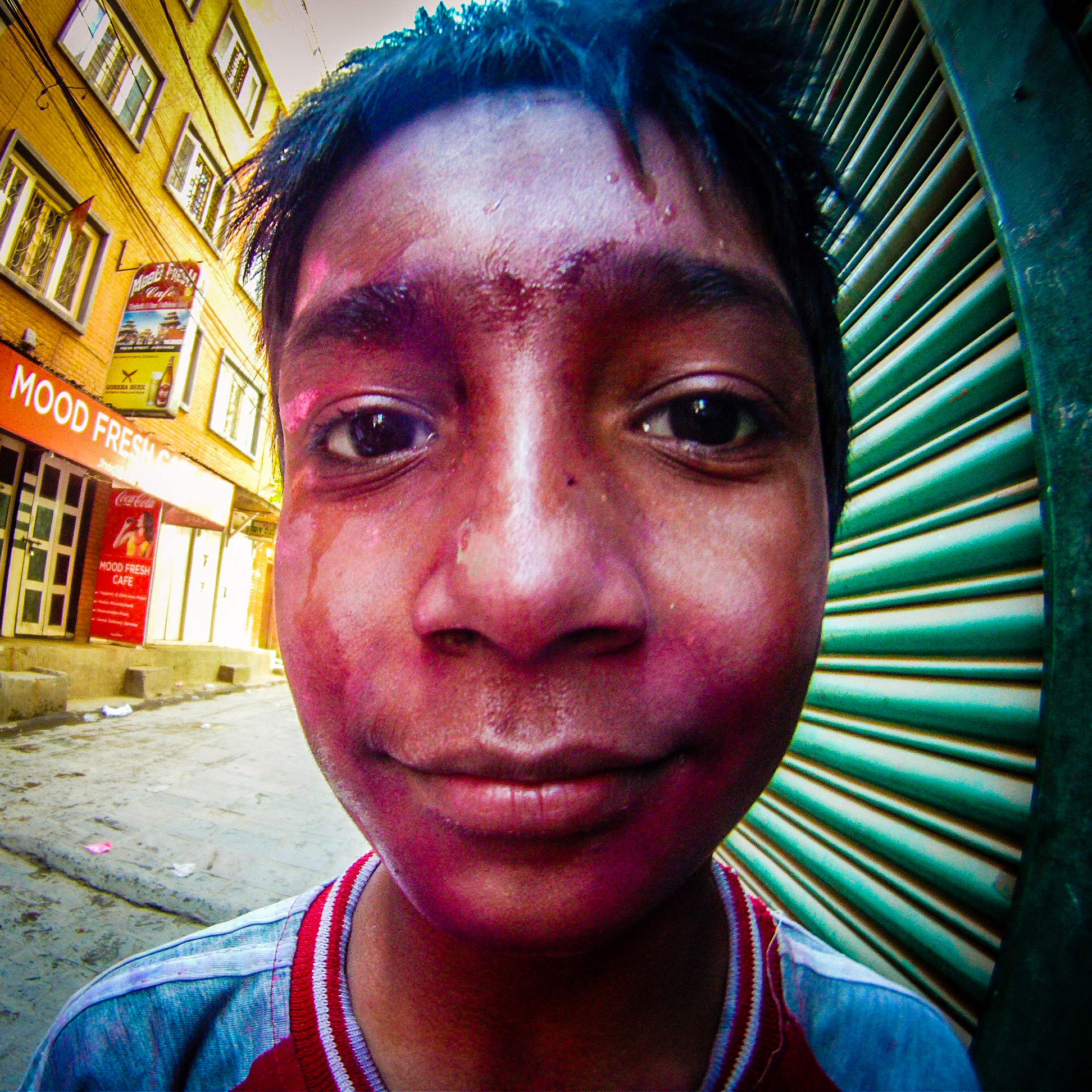
The hidden meaning of this colourful, fun festival is rather significant. People of every age, nationality, sex, cast and class can equally enjoy holi, which thus momentarily blurs the line of social norms. It is an opportunity to forget all of the differences and just enjoy yourself. Waters and colours unite to break down all barriers of discrimination (Image: © Nina Behek/ Miha Mohoric/ hiddenwords.net)
Translated from Los colores de Holi



